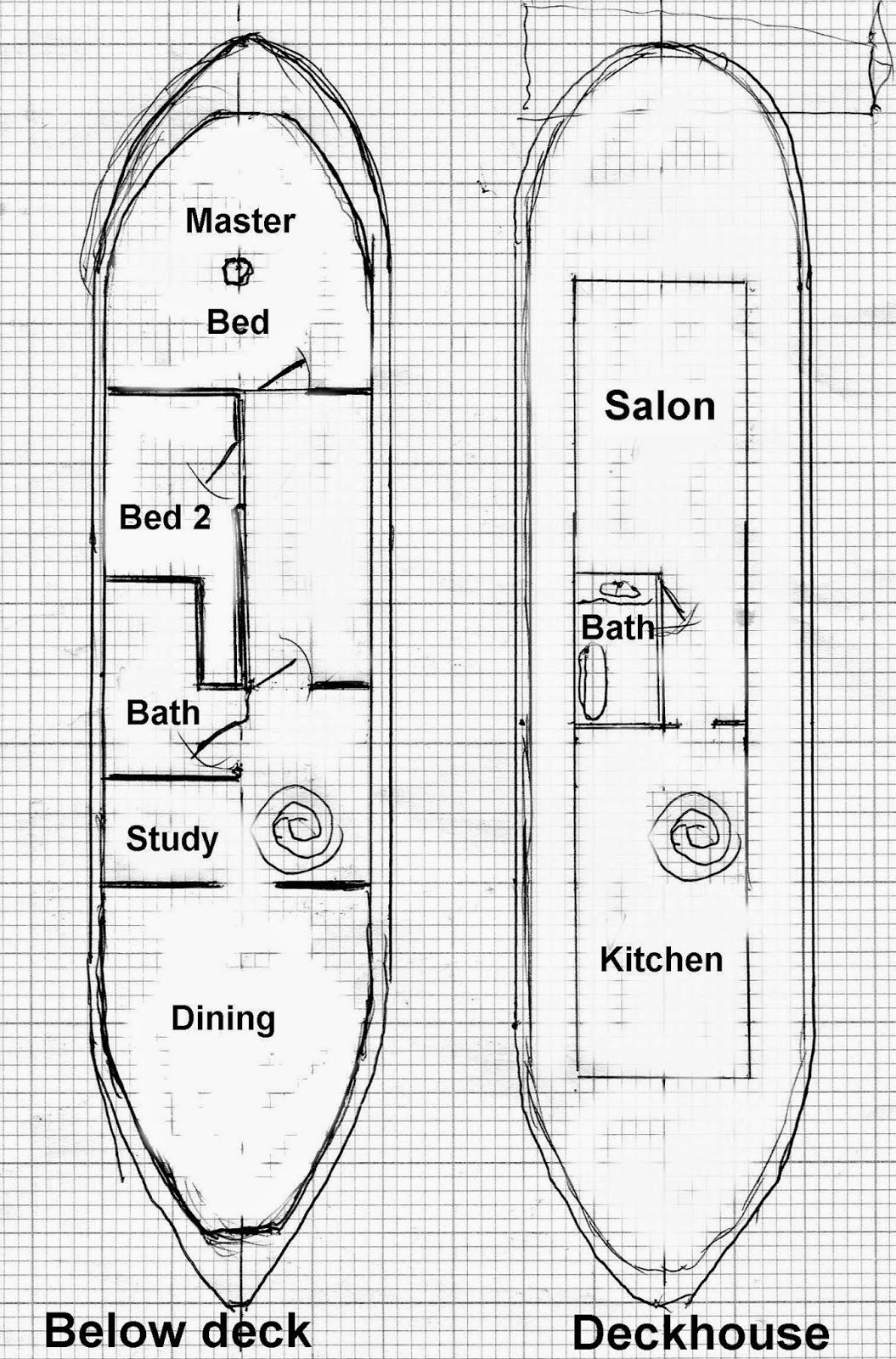The original construction and the subsequent
modernisation(s) of the Cormorant were obviously shaped by the knowledge and
technology of the times. In the 1880s the lanterns were constructed of brass
and glass. With the oil tanks necessary to keep them alight through the night
and/or bad weather, their overall weight was 2 tons 13 cwt. Having this lump
over 27ft above the deck must have tested the mast and the shrouds quite
severely in rough seas. In daylight it could be lowered to deck level and no
doubt also in severe storms. However, when aloft, the wicks needed trimming
from time to time and the masts were made hollow, incorporating a ladder to
give safe, covered access to the lamp. There could be no question of lowering
the lantern when in operation just to trim the wicks. (Photo 1)
Now, having
hollow masts, with two fairly large access holes in them and 2 ton weights
waving about up there, must have caused a bit of concern. When the Puffin was
lost with all hands in a terrible storm in 1896, the inquiry decided the cause
was the mast breaking below the deck, carrying away the house and tearing a
large portion of the deck. “The rectangular doorway was a source of weakness ….”. (Photo 2)
This tragedy
may well have caused Trinity House and the Commissioners for Irish Lights to
look again at the design of masts and lanterns. Changing to acetylene may have
obviated the need for frequent access.
By 1908 Cormorant and her sister ship Torch had been converted to a
fixed lantern. This was just as high up the mast – the mast most probably
strengthened by plating over the two access doors – but because it did not have
to be hauled up and down, or to carry oil tanks, it could be constructed
weighing a good deal less than 2 tons. (Photo 3)
Later in life
the cramped crew quarters were improved by the addition of a deckhouse and
certainly this was needed when Belfast Harbour adapted her to act as a pilot
station as well as a lightship. With 10 crew and 9 pilots, extra room was certainly
needed. (Photo 4)
This superstructure may well have added support to the
mast, but as Cormorant – or Lady Dixon as she was now christened – was safely
tucked up inside Belfast Lough, she would never experience the sort of
atrocious weather suffered on station at Lucifer Shoals, the Kish and other
isolated moorings. (Photo 5)
Today, or
rather over the next year or so, her insides will be reworked yet again. This has
already started and the deckhouse is approaching completion (as you have seen
in previous posts). Below deck will be a much greater challenge! (Photo 5)
David






No comments:
Post a Comment